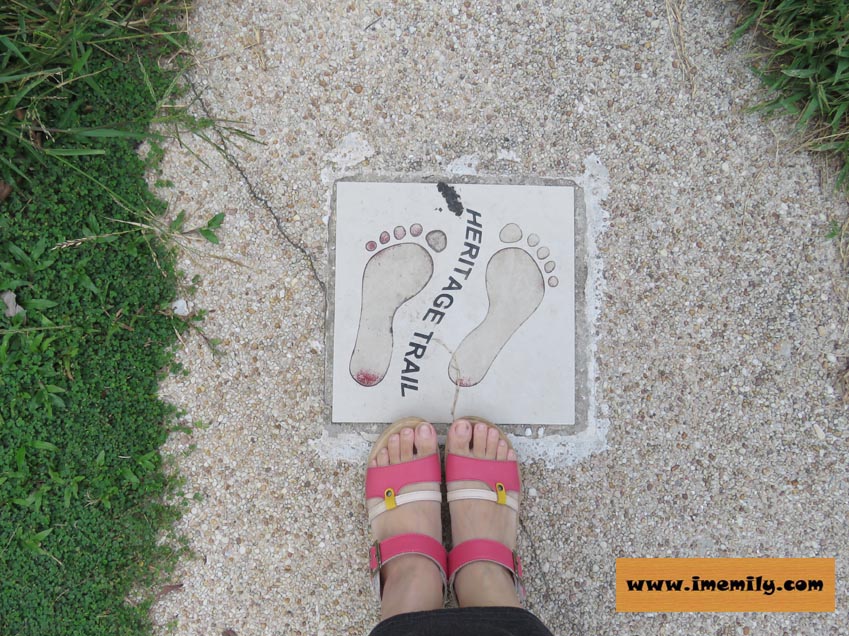My post becoming lesser nowadays (if you notice) as busy with my uni research work. I try to update anything that I think worth to share with you guys during my weekend which is a bit free than weekdays. Sabah formerly known as North Borneo, many of us are aware of Kota Kinabalu, the capital of Malaysia's Sabah state perhaps because of the well known Mount Kinabalu. But actually Sabah has more to offer and most of these are under-discovered due to less publicity.

Sandakan is being known as a sleeping town once upon a time. I was told that the only direct flight to Sandakan from Peninsular Malaysia is from Kuala Lumpur airport. No more flights from Johor Bahru and other parts of West Malaysia that directly fly to this place when they did last time. The interest of this place is not high in the local. In fact, we did not have many records of Sandakan in our history book or stories about it during our geography class. I would suggest the school teachers add in this place when discussing our colourful history with the students.

Alongside the Sandakan High Court is the staircase of 100 steps which will lead you to a beautiful view of Sandakan town and bay. It also brings you to the famous Agnes Keith House.

Who found Sandakan? It was not a local but a white man named William Pryer. William Burgess Pryer (7 March 1843 in London, England; – 7 January 1899 in Suez, Egypt) was the first British Resident in North Borneo and the founder of the modern Sandakan. The monument currently stands at MPS square fronting the Municipal council building. There were not many records about this man but he was mentioned in an article that he cleared the bay of pirates and took the first step to eliminate slavery which was rampant at that time.

One of the unique monuments at MPS square was Sandakan Liberation Monument. It is a memorial to honour Allied troops who died fighting to liberate North Borneo from Japanese occupation towards the end of World War II. The statue of a standard-issue 303 rifle with its barrel in the ground and a slouch hat slung across the butt symbolizes the military practice of marking where a soldier has fallen. The memorial also commemorated the civilian deaths and the atrocities committed upon them by the Japanese, including a barbaric practice he called ‘hamstrung’, which was discovered in 1945.‘Hamstrung’ was a practice wherein the Japanese would simply sever the hamstrings, behind the knee, on both legs with a knife. (source from here)

Another remain after World War II is the Chartered Company Monument. It is dedicated to British servicemen who were killed at the end of the 19th century. The monument was built by British North Borneo Company on a four stepped rectangular base topped with a Celtic cross.

Initially, I thought of writing the Sandakan Heritage Museum in this post after introduction of all monuments but then I removed all as I think it will be too much for my readers to digest everything. The focus of the post remains on the monuments which we often overlook it. Without all of those who sacrified themselves, where will we be today? Think of it.....

Would love to visit Sandakan some day. Look like a nice and peaceful town.
ReplyDeleteI have been to KK twice but not other places in Sabah.
great....must visit Sandakan one day :)
Deletewould love to go there one day! thank you for a very very nice post :)
ReplyDeletewelcome
Delete很有意思!
ReplyDeletehttp://julesonthemoon.blogspot.it/
谢谢
DeleteNice trail! :)
ReplyDeleteyes it is
DeleteInteresting place, Emily. You are right - this should be in our history books!
ReplyDeleteyes it is to ensure our next generations know about it
Delete